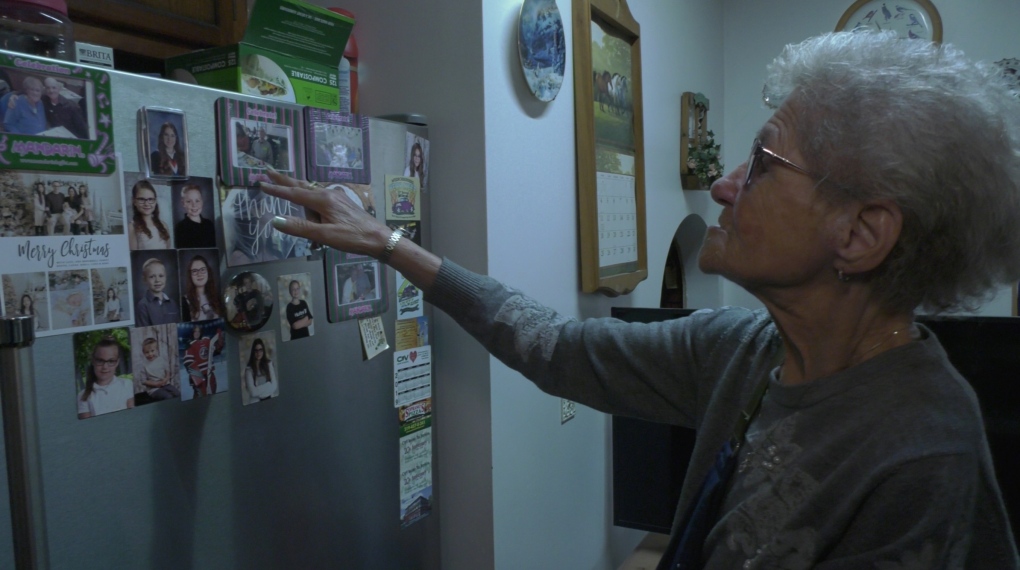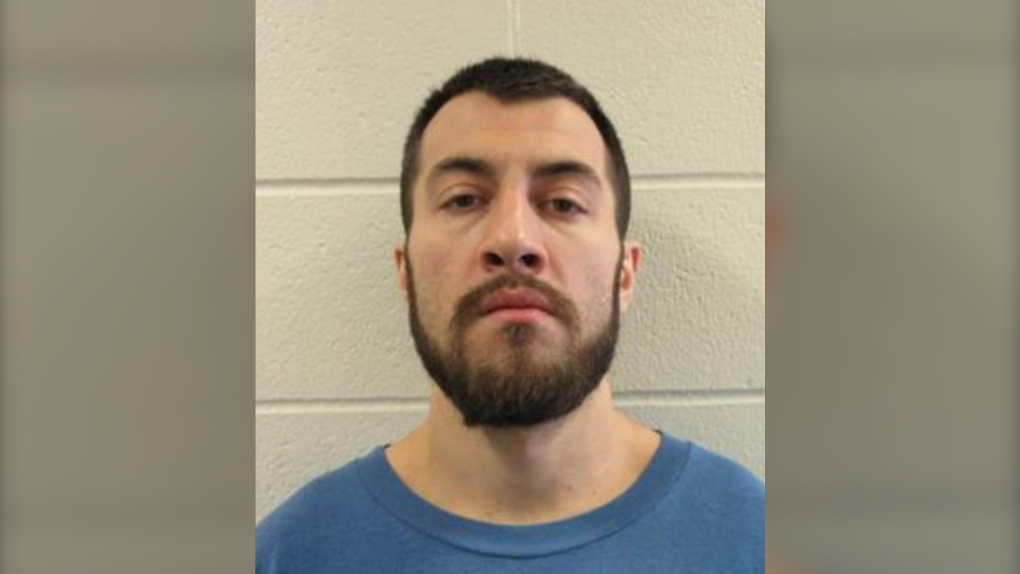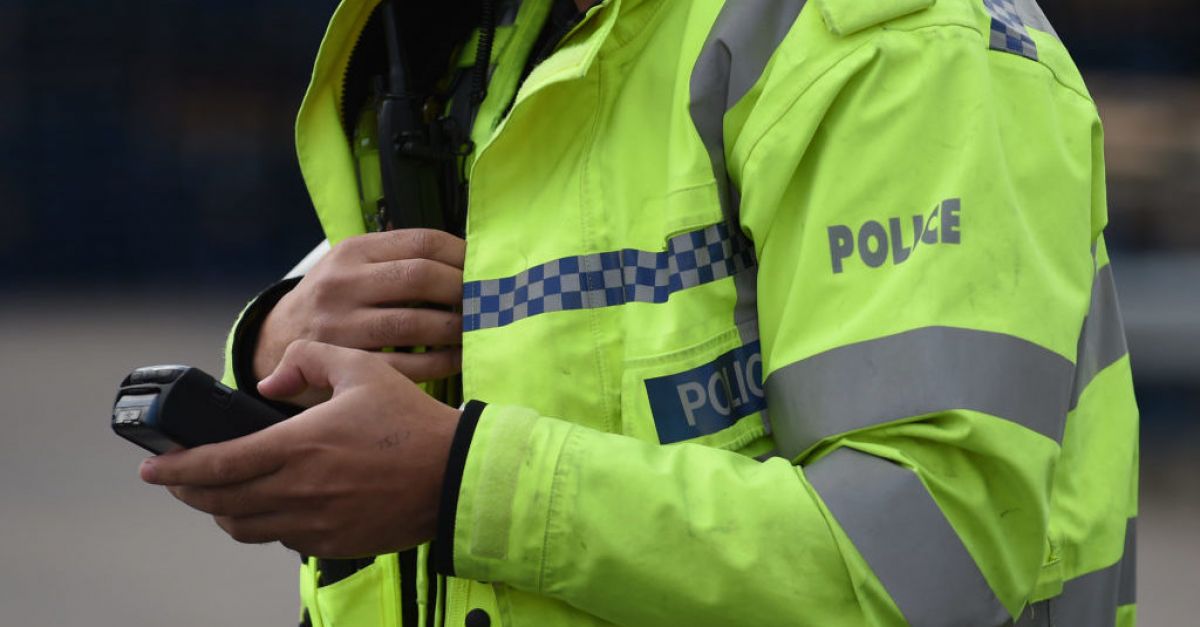This was a story Lisa Millar had been preparing to cover for seven years.
The call came from News Breakfast executive producer Tyson Shine just after midnight on September 9. The Queen was under medical supervision and doctors were “concerned for her health”.
Millar’s thoughts immediately harked back to 2015 when, as chief of the ABC’s London bureau, she’d been involved in planning the broadcaster’s coverage of this very moment.
Space to play or pause, M to mute, left and right arrows to seek, up and down arrows for volume. News Breakfast’s coverage of the death of Queen Elizabeth II
“In 2015, I had meetings with the BBC about the plan which was later revealed as “Operation London Bridge” – at the time, though, everything was top secret,” Millar recalls.
“I was told not to take printed versions of the plan onto the Tube with me (in case they got into other hands).
“Staff at the BBC never said, ‘when the Queen dies’, they instead used nebulous terms like ‘when the balloon goes up’.”
“In one meeting the language was so imprecise that I thought I was being filmed for a sitcom.
“The plan was later leaked to a newspaper, and it was spoken about more openly. The ABC had its own extensive planning in place, and we rehearsed possible programs.”
Fellow News Breakfast host Michael Rowland had also done at least half a dozen rehearsals and when the news broke — that the Queen had passed away — he and Millar were on air just before 4am to steer rolling coverage for the next five hours.
“It was a balance between trying to stay professional and measured on air and grappling with what is huge news given the role the Queen has played in our lives over such a long period of time,” says Rowland.
“Over five hours of speaking to people, we heard from former prime ministers such as Kevin Rudd, people who wanted to pay tribute or share their thoughts on the Queen.
“It wasn’t until the end of the show that it started hitting me that this was not just a big news story, but also a personally upsetting news story for many people.
“I got through most of the show before the enormity of it really hit me.”
‘Biggest story I’ve covered in 35 years’
Michael Rowland about to go live from Buckingham Palace.(ABC News: Simon Winter)
Michael Rowland and Lisa Millar were deployed to London among a team of 12 journalists and production crew, including UK-based correspondents, providing live reports and filing stories around the clock.
ABC Radio sent presenters Virginia Trioli, Richard Glover and Raf Epstein and three production staff to cover events for stations across the country, including 44 local daily breakfast shows.
This was supplemented with reporting from national and local teams, exploring a wide range of views and reactions.
Space to play or pause, M to mute, left and right arrows to seek, up and down arrows for volume.WatchDuration: 1 minute 15 seconds1m 15s Behind the scenes from outside Buckingham Palace
“On some days it was hard to grapple with how big, how momentous this story was,” says Rowland.
“Not just for the sheer amount of people turning up to leave a floral tribute at Buckingham Palace or various places around London, but also because of the sheer number of international media on the ground.
“It was the biggest story in the world, certainly the biggest story I’ve covered in my 35 years in journalism and probably the biggest story I will ever cover.”
Journalist Barbara Miller and crew covering the queues of people lined up to pay respects to the Queen in London.(ABC News)
Both Rowland and Millar were moved by the depth of feeling expressed by ordinary people who turned out to pay their respects.
“We did scores of interviews, or vox pops, with people who were leaving bouquets or lining procession routes when the Queen’s coffin was moved between locations and people were emotional.
“They’d start out talking to you about why they were there, the great distances they’d travelled to be there, the card they’d written and more often than not towards the end of the interview they’d start tearing up. And that really struck home to me,” says Rowland.
“We talked a lot [on the program] about the queue to see the Queen lying in state, but I could not get enough of trying to understand why people would queue through the cold night,” says Millar.
“I think a lot of it was not only respect for her but people’s memories of their own losses, especially after the last few years of COVID and isolation.
“I’ve spent four years in the UK as a reporter (2012, 2015 – 2018) and covered the Diamond Jubilee and Prince Harry and Meghan Markle’s wedding.
“Both of those were joyous occasions, with some spontaneity incorporated into the events. The Queen’s funeral, however, was carried out with military precision – and there were thousands of military personnel involved – and there were no unexpected moments.
“I found the solo piper haunting … knowing the Queen had been woken each morning to the sound of her favourite bagpipes.
“It felt like I was seeing something utterly historic, and it was a massive privilege to be part of it.”
Lisa Millar and journalist Roscoe Whalan inside the media centre set up opposite Westminster Abbey. Live crosses were done from outside the building and they watched the broadcast of the Queen’s funeral inside. They had to be in place from 4am to avoid security and roadblocks along the route.(Supplied: Lisa Millar)
News that required years of planning
ABC News has an experienced planning team, which prepares for major news events, deciding on resourcing and the depth of coverage across platforms.
This was one of the biggest news stories the team has ever worked on.
“Being responsible for the ABC News plan for the Queen’s death meant frequently waking with a start at 3am: ‘Oh my God, has she died? Have I missed the call? Are we ready?” says deputy planning editor Meredith Griffiths, who was in charge of co-ordinating the coverage.
“Because how do you plan for an event which could happen at any minute, but also which might not occur for another five years?
“How do you plan for an event which will be covered on almost all the ABC’s programs and platforms when royal protocols mean you can’t tell most staff any details in advance?
“How do you plan for an event for which some Australians will want extensive coverage, others will be strongly opposed to, and others will be apathetic?
The pop-up media village outside Buckingham Palace from where the world’s news organisations broadcast around the clock.(ABC News: Simon Winter)
“We had to map out plans for several different scenarios – what if the news broke in the morning? What if it broke at night?
“The time the news broke would impact whether or not we could mount a structured TV News special. The timing of key events would be broadcast in Australia would vary considerably if she died in the UK summer as opposed to the UK winter.
“What would we do if she died in Scotland? What would we do if she died when we only had one correspondent on deck?
One of the international broadcast points used by the ABC.(ABC News: Simon Winter)
“We knew we would launch rolling coverage from the outset, but we had to work out how long we could sustain that.
“That entailed producing about 15 pre-prepared obituaries, stories and interviews to run across digital, TV and radio.
“The longevity of the project – more than six years – meant some content we created became out of date – e.g. it was filmed in standard definition format, or the reporter had visibly aged or left the ABC – so we were continually updating those packages.”
London prepares for the funeral of Queen Elizabeth.(ABC News: Simon Winter)
Special content was produced for radio and across digital platforms.
“At News Digital, a number of producers and members of the senior team developed a training package which was delivered in two blocks (late last year, and a couple of weeks before the Queen died) which helped producers understand what would be expected of them when the news broke,” says Veronica Apap, digital planning producer.
“We trained people on the basis that they may be on shift, late at night with little additional help. They had to be able to publish the breaking news, update our home page, update our social media channels, publish an alert to app users and possibly launch a live blog.
“This all had to be done as fast – but accurately – as possible.
“We had also prepared a wide variety of content so we could give different people what they wanted from the story: explainers putting the Queen’s death in context, explaining protocol, lines of succession and what was expected to happen next; long narratives that pulled back the curtain on the Queen and royal life which people seem to find endlessly fascinating; and of course Australian stories where we heard from every day Australians whose lives had been changed by the Queen.”
The Indigenous Affairs team explored the varied reactions from Indigenous Australians and the Queen’s complicated legacy.
Stan Grant wrote about the difficulty Indigenous people faced in speaking out about that legacy – an article that was read by more than 1 million people — and also hosted a Q+A program, Royalty, a Republic and Truth-Telling, which tackled colonisation, the republic and whether King Charles is right for the role.
Flowers in honour of Queen Elizabeth.(ABC News: Simon Winter)
Over the years, the ABC liaised with the governor-general’s office and the BBC and had protocols in place around how its various platforms would announce the Queen’s death.
“Bringing Australians accurate information as fast as we can is the bread and butter of ABC News, but the Queen’s death was different,” says Griffiths.
“No matter what our journalists were reading or hearing elsewhere, no one was allowed to break the news without getting the go-ahead straight from the deputy news director Gavin Fang.
“We had spent a lot of time working out and rehearsing the huge logistical undertaking of breaking the story on the ABC’s two main TV channels, three radio networks and the News Digital home page.
“The protocol was always that the Governor-General’s Office would be the first notified in Australia and that the prime minister wasn’t allowed to speak about her death until after the governor-general had announced it, so, as the national broadcaster, the ABC had to get a camera to the governor-general quickly so he could announce it as soon as possible.
“His office called to tell me the Queen had passed away and Buckingham Palace would soon make an official announcement after which the ABC put out a breaking news alert at 3.34am.”
One of the biggest challenges was managing the demand for interviews and resources when it was global news event.
A police officer and explosives sniffer dog doing checks in one of the media tents in London.(ABC News: Simon Winter)
“We knew the ABC would be competing with news outlets around the world for interviews with the best ‘talent’, for limited satellite bookings to enable live crosses, and even just for space for the correspondents to stand to deliver those crosses from key locations such as Buckingham Palace, Westminster Hall, Westminster Abbey and Windsor Castle,” says Griffiths.
“There was also the need for different ABC programs and platforms to access to the best reporters, talent and locations so we needed to map out the correspondents’ filing plans to ensure they could serve every platform and work out processes for all ABC programs to work together to book guests and share content.”
Planning the news coverage was not just about logistics and resourcing, the ABC News team had detailed discussions about the editorial approach.
“Buckingham Palace had always planned for at least 10 days of events, but at the ABC we had to consider several factors in planning our coverage,” Griffiths says.
“Elizabeth II was our head of state and the only monarch most Australians had ever known, and we had a responsibility to provide extensive, respectful coverage, but how did we balance that with the complex and diverse perspectives of Australians of Indigenous, South Asian, African or Caribbean heritage who had been colonised by the British crown?
“How did we reflect the generational divide between Australians who grew up with “God Save the Queen” as their national anthem and younger Australians who regarded the monarchy as utterly irrelevant to them?”
These are editorial questions ABC News has discussed and debated over the past seven years and more intensely over the past two weeks.
Our editorial leaders had the bandwidth to think deeply and creatively about those issues because we had the fundamentals of our coverage planned and perfected well in advance.”
Rowland was struck by the depth of emotion felt by people who turned out to pay their respects to the Queen.(ABC News: Simon Winter)
There’s been debate, criticism and some complaints about the scale of the coverage of the Queen’s death however audience numbers have been strong across platforms.
The live broadcast of the State Funeral of HM Queen Elizabeth II attracted an average audience of 1.07 million viewers across ABC TV and ABC News Channel and on the day of the funeral there were 4.2 million daily digital users across the ABC website and apps.
“I think the significance of this event is reflected in the number of people tuning in,” says Michael Rowland.
“We had a huge spike in our audience on News Breakfast day after day and a big switch-on, certainly, on the Friday morning of the Queen’s death – and it was reflected in the constant stream of unsolicited messages I got on my social media feeds, via emails, of people wanting to express their grief and tell the story of the time they met the Queen or their near-interaction with the Queen.
“Did we and every other media organisation do too much? I think our coverage was appropriate to the audience demand and, for me, it was a really fulfilling, professional experience and a privilege to cover.”
https://www.abc.net.au/news/backstory/2022-10-01/michael-rowland-lisa-millar-queen-death-abc-news-planning/101473556




